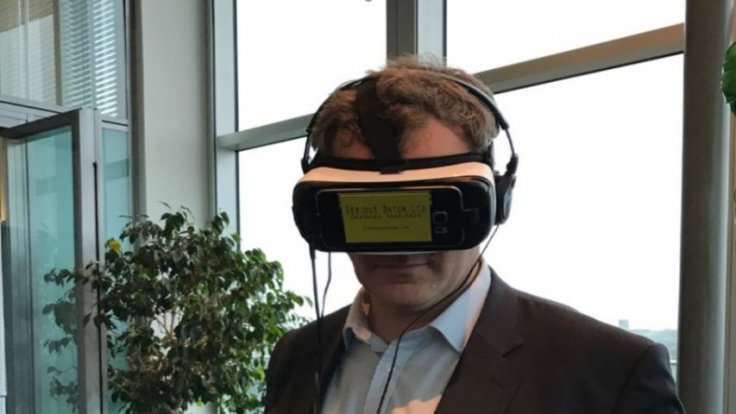
A technology that can revolutionize the lenses used for cameras, VR/AR headsets and eyewear has just been created.
Researchers from the Harvard John A. Paulson School of Engineering and Applied Sciences (SEAS) unveiled their new creation that could revolutionize the lenses of today used in cameras, VR/AR headsets, and eyewear. The electronic lens that the research team created functions as effective as and in this case better than the human eye.
The electronic lens works like a human eye in the sense that it has the capability to focus in real-time. The Harvard research team describes it as working better than the human eye as it is capable of adjusting for astigmatism. The lens can also adjust blurry visions caused by two variables as well as to image shift.
The real-time focusing capability of the electronic lens that functions as a human eye is because of the presence of an elastomer muscle. The bulk a spherical lens which is traditionally present in lenses is eliminated as the said bulk causes the delay in focus.
The beyond human eye capability of the electronic lens is because of the technology called metalens. Metalens is a discovery that the Harvard researchers unveiled prior to the creation of the VR/AR headsets and camera revolutionizing lenses.
Metalens has the capacity to focus the whole visible light spectrum at one point. This is primarily because metalens uses tiny nanostructures to focus light. This is the missing factor on traditional lenses that uses various multiple elements to capture and focus the desired lighting. The numerous elements used makes the lens thicker, making real-time focus unachievable.
This technology is Harvard John A. Paulson School of Engineering and Applied Sciences (SEAS) research team's innovation to the metalenses that they priorly created the size of a piece of glitter. However, this season sees a better opportunity for this creation to advance in the Virtual Reality and Augmented Reality headsets and eyewear as well as cameras as it now comes with one-centimeter diameter.
This technology that revolutionizes the use of a lens in cameras, VR/AR headsets and eyewear prevents vignetting as it is now large enough to cover a camera sensor. It is capable for use in modern applications.
As of this writing, no specified date of market launch and availability for this product has been given.
This article was first published in IBTimes US. Permission required for reproduction.









